Increasing Health Consciousness
The Dairy Enzymes Market is experiencing a notable shift as consumers become increasingly health-conscious. This trend is driving demand for dairy products that are perceived as healthier options, such as lactose-free and low-fat varieties. Enzymes play a crucial role in enhancing the nutritional profile of dairy products, making them more appealing to health-oriented consumers. According to recent data, the lactose-free segment is projected to grow at a compound annual growth rate of over 8% in the coming years. This growth is indicative of a broader trend where consumers are actively seeking products that align with their health goals, thereby propelling the Dairy Enzymes Market forward.
Expansion of Dairy Product Applications
The expansion of dairy product applications is a key driver for the Dairy Enzymes Market. As dairy manufacturers explore new product categories, such as dairy-based beverages and functional foods, the need for specialized enzymes becomes increasingly critical. Enzymes facilitate the development of unique textures, flavors, and nutritional profiles, enabling manufacturers to innovate and diversify their product offerings. Market analysis indicates that the dairy-based beverage segment is poised for substantial growth, with an expected increase of over 7% in the next few years. This diversification within the dairy sector underscores the importance of enzymes, positioning the Dairy Enzymes Market for continued expansion.
Rising Demand for Specialty Dairy Products
The Dairy Enzymes Market is benefiting from the rising demand for specialty dairy products, which are often tailored to meet specific consumer preferences. Products such as Greek yogurt, artisan cheeses, and probiotic-rich dairy items are gaining popularity, necessitating the use of specialized enzymes to achieve desired textures and flavors. This trend is supported by market data indicating that the specialty dairy segment is expected to grow significantly, with a projected increase of over 10% annually. The ability of enzymes to enhance the sensory attributes of these products positions them as essential components in the Dairy Enzymes Market, driving further innovation and product development.
Growing Awareness of Food Safety and Quality
Food safety and quality are paramount concerns for consumers and manufacturers alike, influencing the Dairy Enzymes Market. Enzymes are increasingly recognized for their role in improving food safety by inhibiting spoilage and pathogenic microorganisms in dairy products. This awareness is prompting manufacturers to incorporate enzymes into their production processes to ensure higher quality and safer products. Recent studies suggest that the use of enzymes can extend shelf life and enhance the overall safety profile of dairy items. Consequently, the Dairy Enzymes Market is likely to see a surge in demand as stakeholders prioritize food safety and quality assurance.
Technological Advancements in Enzyme Production
Technological advancements are significantly influencing the Dairy Enzymes Market. Innovations in enzyme production processes, such as fermentation technology and enzyme engineering, are enhancing the efficiency and effectiveness of enzyme applications in dairy products. These advancements not only improve the quality of dairy products but also reduce production costs, making them more accessible to manufacturers. For instance, the introduction of recombinant DNA technology has enabled the development of more potent enzymes, which can lead to higher yields and better product consistency. As a result, the Dairy Enzymes Market is likely to witness increased adoption of these advanced technologies, fostering growth and competitiveness.
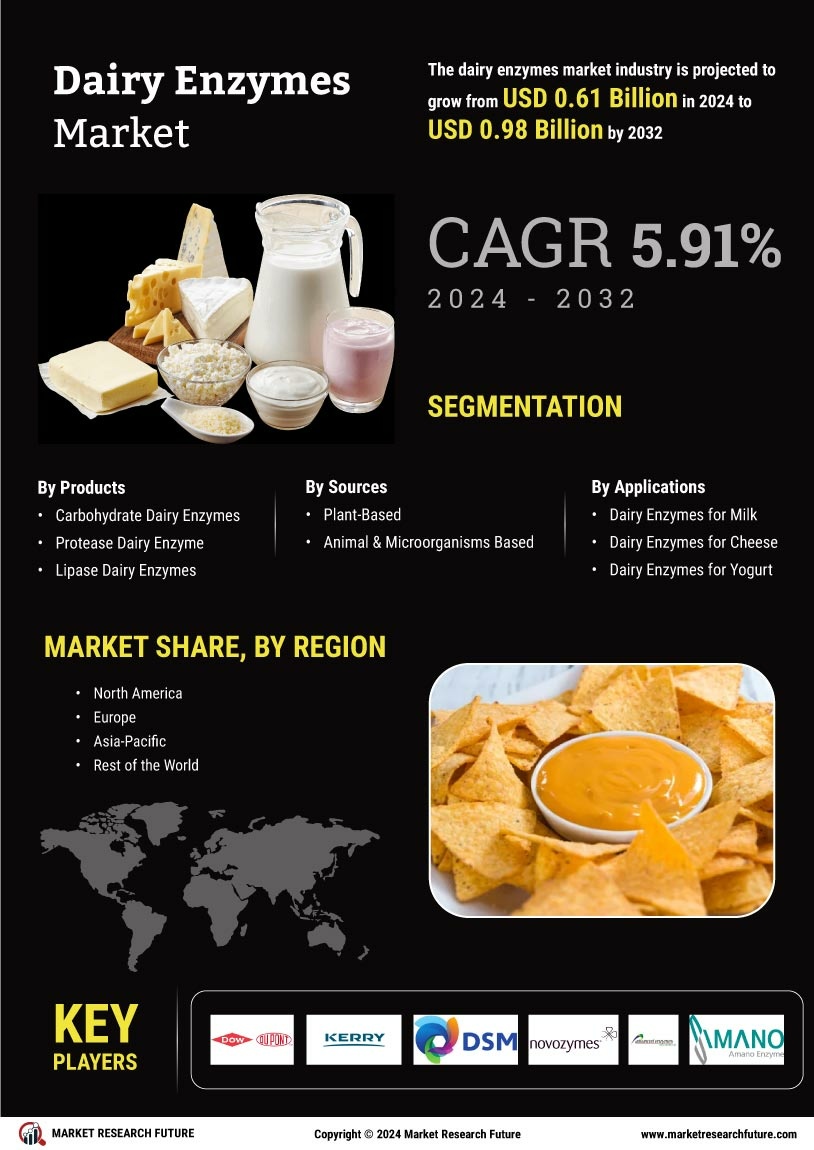

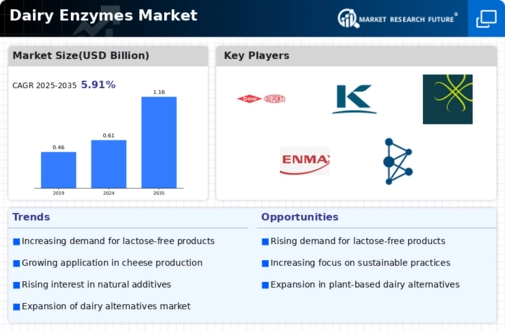

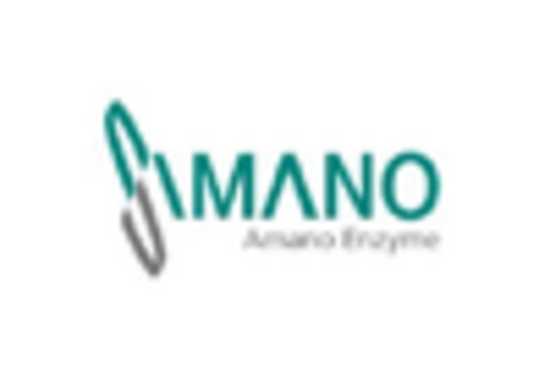
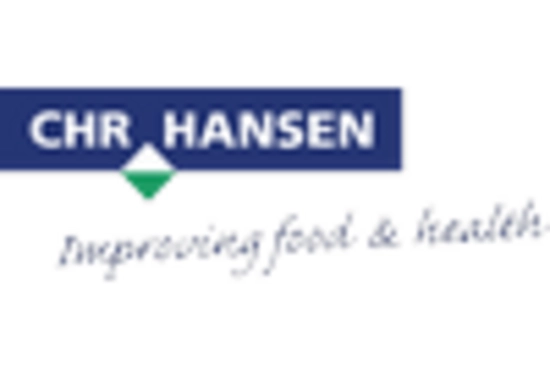
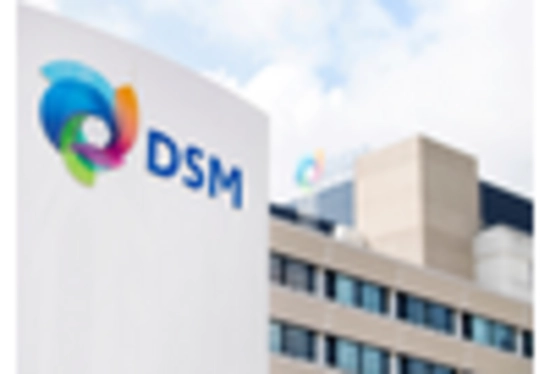
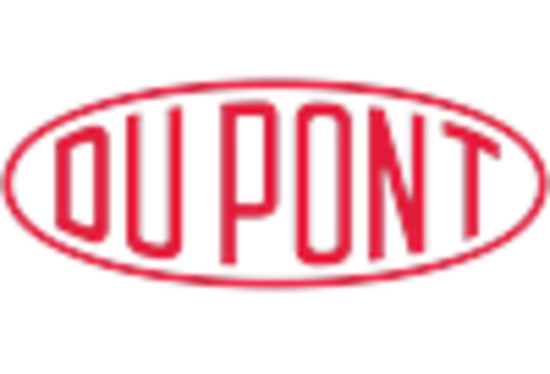
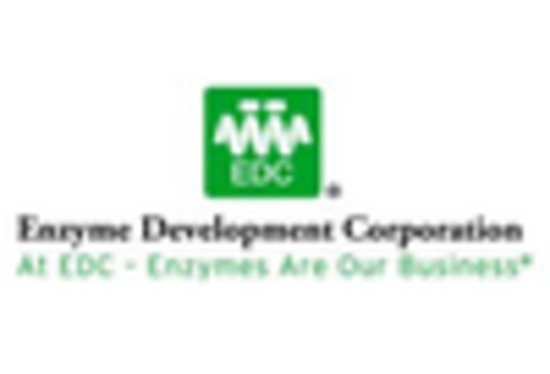









Leave a Comment